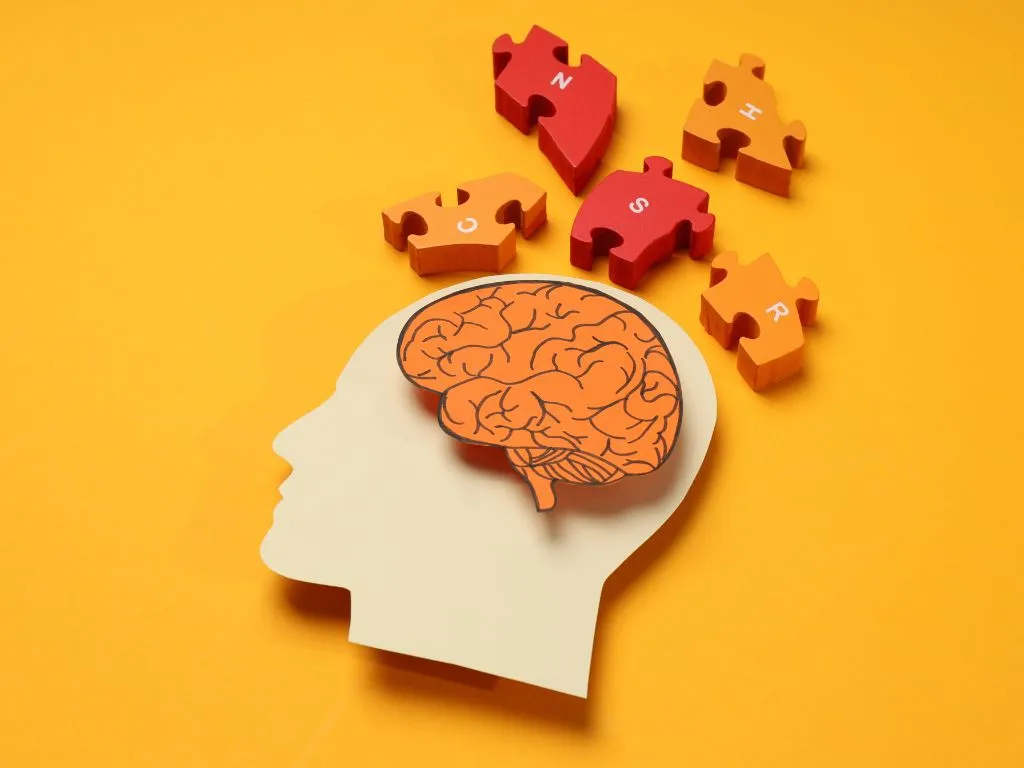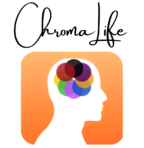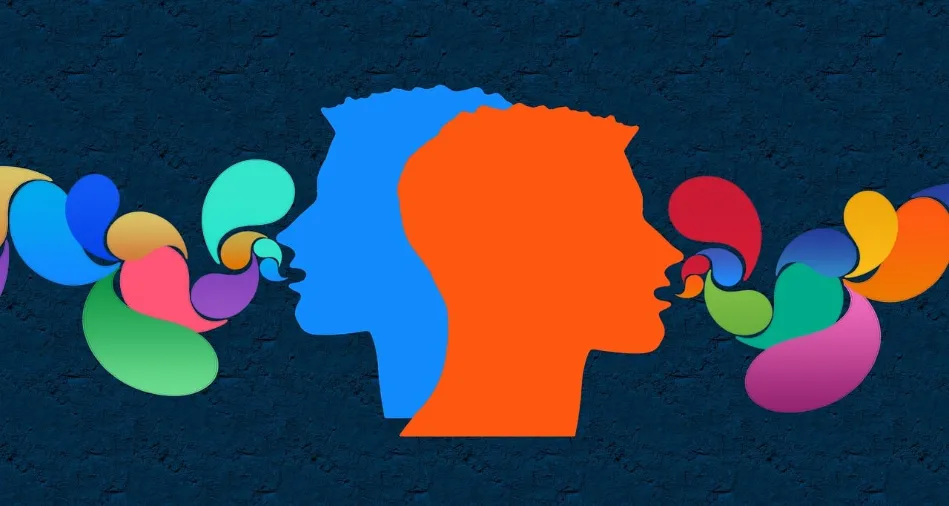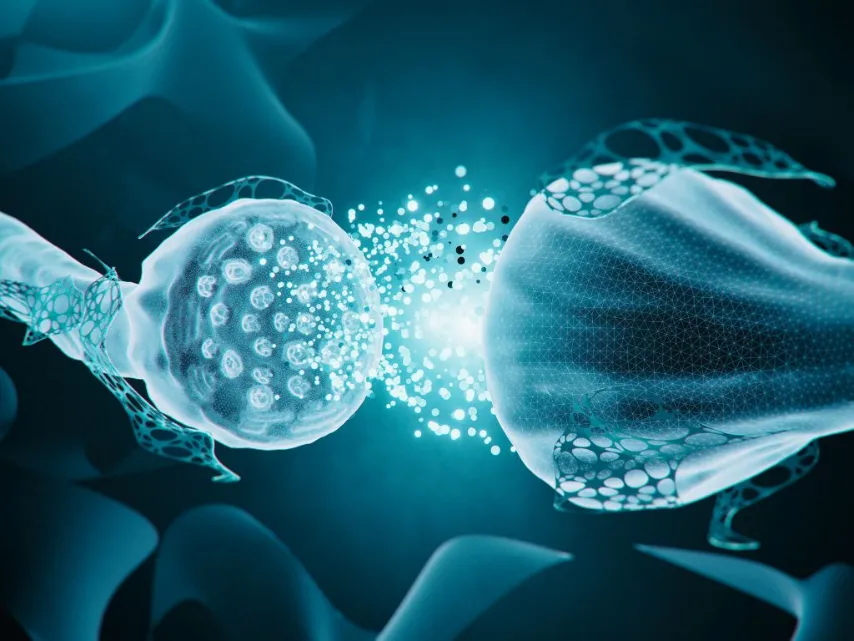[read-time]

Table of Contents
- Understanding the role of sports psychology in athletic performance
- What is the personality color assessment?
- The 5 combinations of personality traits in sports psychology
- Athletes with different personality color combinations
- Using the personality color assessment in sports coaching and training
- The benefits of integrating sports psychology and the personality color assessment
- The Takeaway
- FAQs
Sports psychology is a discipline that delves into the intricate interplay between the mind and athletic performance. This field recognizes that the path to greatness is paved not only with rigorous training but also with a profound understanding of the mental and emotional landscapes that shape an athlete’s journey.
Understanding the role of sports psychology in athletic performance
What is sports psychology?
Sports psychology is a multifaceted discipline that explores the psychological factors influencing an athlete’s performance, well-being, and overall experience within their respective sport. It encompasses a wide range of aspects, including motivation, confidence, focus, resilience, and the ability to manage stress and anxiety. By harnessing the power of the mind, athletes can unlock their full potential, overcome mental barriers, and consistently perform at their peak.
What is the personality color assessment?
The personality color assessment is a powerful tool that provides insight into an individual’s unique personality traits, preferences, and tendencies. This assessment categorizes personalities into four distinct colors: red, blue, green, and yellow. Each color represents a specific set of characteristics, strengths, and potential challenges. By understanding one’s dominant color, individuals can gain valuable self-awareness and develop strategies to leverage their strengths while mitigating potential weaknesses.
The importance of personality in sports psychology
In the world of sports, an athlete’s personality plays a pivotal role in shaping their approach, mindset, and overall performance. Some personalities thrive under pressure, while others may struggle with the intense scrutiny and expectations that come with competitive athletics. By integrating the personality color assessment into sports psychology, coaches and trainers can tailor their guidance and strategies to align with an athlete’s unique personality, fostering a more personalized and effective approach to mental training.
The 5 combinations of personality traits in sports psychology
While each personality color represents distinct traits, the true power lies in understanding the interplay and combinations of these colors within an individual. Here are the five primary combinations of personality traits that can significantly impact an athlete’s performance:
- Red-Blue Combination: Assertive, decisive, and goal-oriented, this combination excels in high-pressure situations and thrives on competition. However, they may struggle with emotional regulation and team dynamics.
- Blue-Green Combination: Analytical, detail-oriented, and methodical, this combination excels in strategic planning and execution. However, they may face challenges with adaptability and risk-taking.
- Green-Yellow Combination: Creative, innovative, and spontaneous, this combination excels in problem-solving and thinking outside the box. However, they may struggle with focus and consistency.
- Yellow-Red Combination: Enthusiastic, energetic, and charismatic, this combination excels in motivating others and fostering team spirit. However, they may face challenges with patience and attention to detail.
- Balanced Combination: A harmonious blend of all four colors, this combination excels in adaptability, versatility, and a well-rounded approach. However, they may struggle with decision-making and prioritization.
How each personality color combination affects athletic performance
- Red-Blue Combination:
- Strengths: Determination, competitiveness, and unwavering focus.
- Challenges: Emotional regulation, collaboration, and flexibility.
- Strategies: Develop emotional intelligence, embrace teamwork, and cultivate adaptability.
- Blue-Green Combination:
- Strengths: Strategic thinking, attention to detail, and discipline.
- Challenges: Risk-taking, spontaneity, and embracing change.
- Strategies: Foster creativity, embrace calculated risks, and remain open-minded.
- Green-Yellow Combination:
- Strengths: Innovation, problem-solving, and a fresh perspective.
- Challenges: Consistency, follow-through, and staying focused.
- Strategies: Develop routines, set clear goals, and cultivate self-discipline.
- Yellow-Red Combination:
- Strengths: Enthusiasm, motivation, and team-building.
- Challenges: Patience, attention to detail, and emotional regulation.
- Strategies: Practice mindfulness, prioritize tasks, and develop active listening skills.
- Balanced Combination:
- Strengths: Versatility, adaptability, and a well-rounded approach.
- Challenges: Decision-making, prioritization, and maintaining focus.
- Strategies: Develop decision-making frameworks, set clear priorities, and cultivate self-awareness.
Athletes with different personality color combinations
To illustrate the impact of personality color combinations in sports psychology, let’s explore a few real-life examples:
- Michael Jordan (Red-Blue Combination): Known for his fierce competitiveness, unwavering determination, and unparalleled drive to succeed, Michael Jordan embodied the Red-Blue combination. His ability to thrive under pressure and relentless pursuit of excellence propelled him to become one of the greatest basketball players of all time.
- Serena Williams (Yellow-Red Combination): With her infectious enthusiasm, charismatic presence, and ability to inspire and motivate others, Serena Williams exemplifies the Yellow-Red combination. Her energy and passion for the game, combined with her unwavering self-belief, have contributed to her remarkable tennis career and numerous Grand Slam titles.
- Roger Federer (Blue-Green Combination): Renowned for his strategic prowess, meticulous preparation, and attention to detail, Roger Federer epitomizes the Blue-Green combination. His analytical approach to the game, combined with his graceful execution and adaptability, have made him one of the most successful tennis players in history.
- Simone Biles (Green-Yellow Combination): With her creative flair, innovative routines, and ability to think outside the box, Simone Biles embodies the Green-Yellow combination. Her daring spirit and willingness to push boundaries have revolutionized the sport of gymnastics and inspired countless athletes worldwide.
Using the personality color assessment in sports coaching and training
By integrating the personality color assessment into sports coaching and training, professionals can tailor their approaches to meet the unique needs and preferences of each athlete. Here are some practical applications:
- Individualized Coaching Strategies: Coaches can adapt their communication styles, motivation techniques, and feedback methods to resonate with an athlete’s dominant personality color, fostering a more effective and engaging coaching experience.
- Team Dynamics and Cohesion: Understanding the personality color combinations within a team can help coaches facilitate better communication, resolve conflicts, and foster a more cohesive and collaborative team environment.
- Mental Training and Visualization: Techniques such as visualization, self-talk, and goal-setting can be tailored to align with an athlete’s personality color, enhancing their ability to effectively implement these mental strategies.
- Performance Analysis and Feedback: By considering an athlete’s personality color, coaches can provide constructive feedback in a manner that resonates with the individual, increasing the likelihood of positive reception and implementation.
The benefits of integrating sports psychology and the personality color assessment
Combining the insights of sports psychology with the personality color assessment offers numerous benefits for athletes, coaches, and the overall development of athletic performance:
- Personalized Approach: By understanding an athlete’s unique personality traits and tendencies, coaches can develop tailored strategies and interventions that resonate with the individual, maximizing their potential for growth and success.
- Enhanced Self-Awareness: The personality color assessment provides athletes with valuable self-awareness, enabling them to recognize their strengths, weaknesses, and areas for improvement, fostering personal growth and development.
- Improved Communication and Teamwork: Understanding the personality color combinations within a team can facilitate better communication, conflict resolution, and team cohesion, creating a more harmonious and productive environment.
- Holistic Development: By addressing both the physical and psychological aspects of athletic performance, athletes can achieve a more balanced and comprehensive approach to their training and development, leading to greater overall well-being and longevity in their respective sports.
- Competitive Advantage: By leveraging the insights of sports psychology and the personality color assessment, athletes and coaches can gain a competitive edge, enabling them to perform at their peak and achieve their desired goals and aspirations.
The Takeaway
In the ever-evolving landscape of athletics, the integration of sports psychology and the personality color assessment offers a powerful combination for unlocking an athlete’s full potential. By understanding the intricate interplay between personality traits, mental strategies, and athletic performance, coaches and athletes alike can embark on a transformative journey of self-discovery, personal growth, and sustained excellence. Embrace the power of this holistic approach, and witness the remarkable impact it can have on your athletic journey.
FAQs
What is sports psychology?
Sports psychology is a specialized field that focuses on the mental and emotional aspects of athletic performance. It involves applying psychological principles to help athletes enhance their performance, cope with pressure, and maintain overall well-being in their sporting careers.
How can sports psychology benefit athletes?
Sports psychology can benefit athletes in several ways:
- Improving focus and concentration
- Enhancing motivation and goal-setting skills
- Developing strategies for managing anxiety and stress
- Building confidence and mental toughness
- Improving communication with coaches and teammates
- Helping with injury recovery and rehabilitation
What techniques do sports psychologists use?
Sports psychologists employ various techniques to help athletes, including:
- Visualization and imagery exercises
- Relaxation and mindfulness techniques
- Cognitive restructuring to address negative thought patterns
- Goal-setting and performance planning
- Biofeedback training
- Team-building exercises for group sports
Emophilia and Personality Color Traits: The Fascinating Connection Between Them
[read-time] Emophilia meaning: What is it and what does it mean? Emophilia, a term derived from the Greek word “emophilia,” meaning “love…
The Personality Color Assessment & The OCEAN Model (Big 5
[read-time] This article delves into how our personality color assessment aligns with the OCEAN Model – The Big 5 Personality Traits…
Personality Color Assessment – What Exactly is it and Why
In this article you’ll learn 5 vital benefits of personality color assessments!…
The 5 Love Languages & The Color Assessment: The Real
[read-time] Table of ContentsThe Rainbow of the Personality Color AssessmentA Groundbreaking ConceptThe Five Love Languages: A Universal Blueprint for ConnectionThe Enduring…
Welcome to the ChromaLife Blog!
[read-time] Welcome to the ChromaLife Personality Color Assessment blog: where every hue tells a story! Are you ready to dive into the…
8 Morning Habits of Highly Successful People You Can Adopt
What exactly do these high achievers do in those early hours that sets them apart? And more importantly, how can…
Are Personality Changes Possible? The Science Says Yes
Personality change, is it possible? We can often wonder if we’re stuck with the personality we’re born with or if…
The Hidden Dangers of Flow State: 2 Warning Signs You’re
Flow state is an intriguing phenomenon. Have you ever been so engrossed in an activity that time seems to stand…
Discover the Magic of Mirror Neurons! Stop Missing Out on
[read-time] Mirror neurons is a remarkable discovery in the fascinating world of neuroscience. These specialized brain cells play a pivotal role…
The Domino Effect in psychology refers to the cascading impact
[read-time] The Domino Effect in psychology refers to the cascading impact of one behavior, thought, or action leading to a chain…
Uncovering Social Desirability Bias in AI Personality Tests: The Surprising
An intriguing area of study of AI involves social desirability bias when administering personality tests to large language models (LLMs)…











